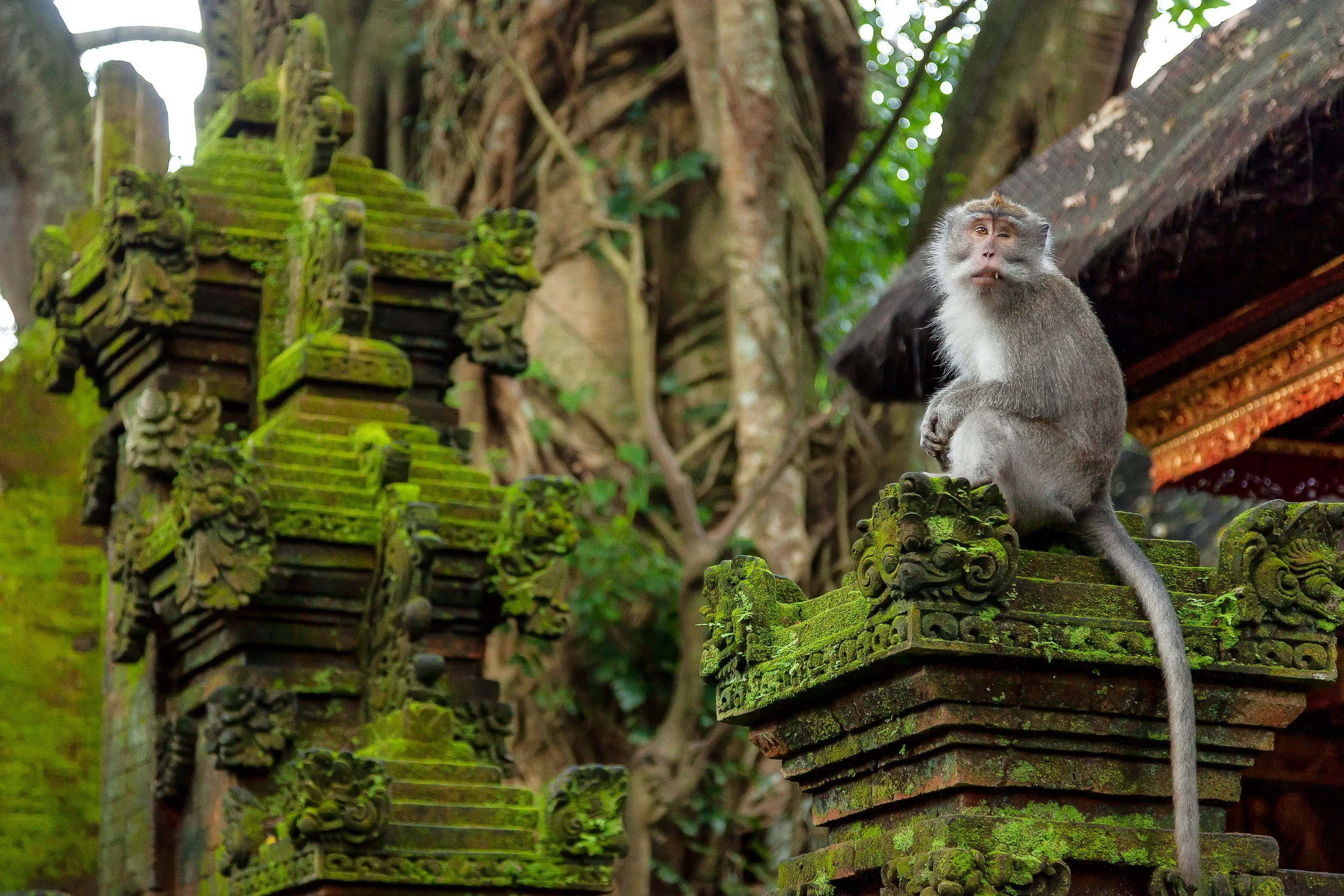Penguin Photos, Cuverville Island
A waddle of penguins, dwarfed by their surroundings, on Cuverville Island, Antarctica.
Cuverville Island Cuverville Island is a dramatic, mountainous location in Antarctica. It's a great place to make great penguin photos, quite close to the shoreline.
I visited in November and was amazed at just how much snow there was. As soon as I disembarked I began sinking, thigh deep, into the snow.
That made moving up the steep mountain side particularly hard going. Fortunately relatively large waddles of penguins were gathered nearby.
How Close Can You Get To Wildlife in Antarctica?
The rule in Antarctica is that you’re not supposed to move too close to wildlife, for obvious reasons.
Your tour guide will advise you as to safe distances when approaching seals and elephant seals.
Likewise they’ll inform you as to the minimum distance you can approach without causing undue stress to the penguin, seal or albatross in question.
Let’s say it’s 5 meters (i.e., approximately 15 feet). You should respect that distance and, while you can use your lens to zoom in, you should not actually move in closer than the minimum recommended distance.
However, it’s unlikely that all the penguins in Antarctica got that memo. If a particular penguin decides to check you out by moving in for a closer exploration that’s fine and dandy.
When it comes to penguins I’d embrace such opportunities. But I’d be much more careful if a leopard seal or a full grown elephant seal begins to move your way.
Scale: Composition and Story Telling
How large is a penguin? Well, there’s the size of the actual penguin in question and then there’s the relative size of that bird compared to the surrounding environment in which it’s depicted.
I made the photo at the top of this post while approaching Cuverville Island in a zodiac. I remember how excited I was at the prospect of being able to photograph the penguins in relation to their landscape.
Scale is a great compositional device. The fact that the penguins look so tiny in relation to their environment speaks to the difficulty of their life in such a harsh and rugged environment.
This image demonstrates how scale can be used both to describe a scene, objectively, and also to tell a story and, thereby, trigger an emotional response from the viewer.
Scale used to juxtapose two King penguins on Cuverville Island in Antarctica.
Juxtaposition through Scale
The above image shows one way of exaggerating size. I simply used a (borrowed) Canon 100-400mm lens to juxtapose the hero of our image, a friendly King Penguin, with another penguin in the distant background.
The fact that the penguin in the background is so far away makes it seem significantly smaller than it is in reality.
Likewise, it’s the perception of the significantly smaller size of the distant bird that provides the perception that the penguin in the foreground is much larger than it actually is.
Scale is an important element of composition. It’s a great way to help tell a story and to create visually arresting images.
If ever you find your way down to Cuverville Island in Antarctica you’ll find that incorporating scale into your photos will produce fantastic results.





